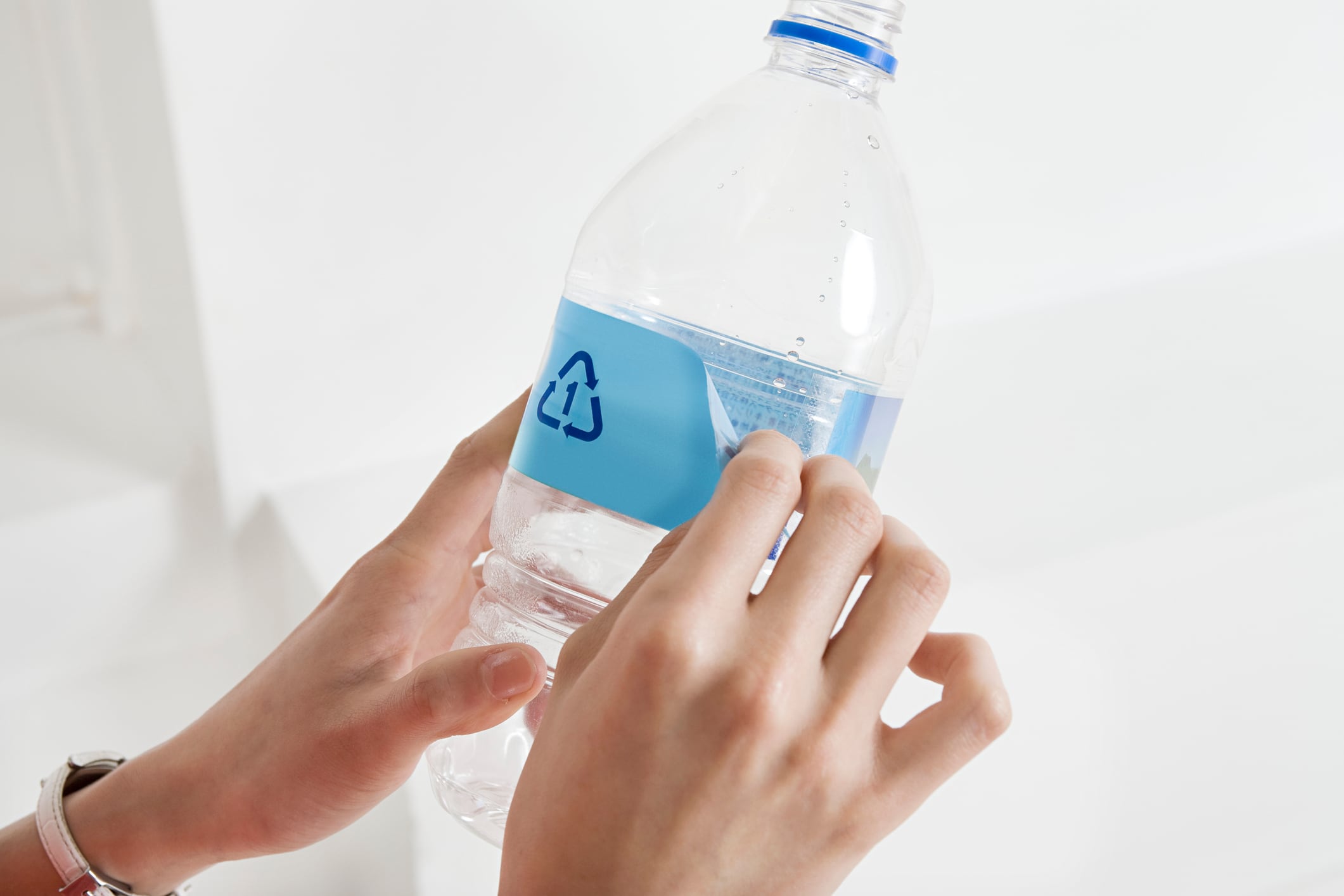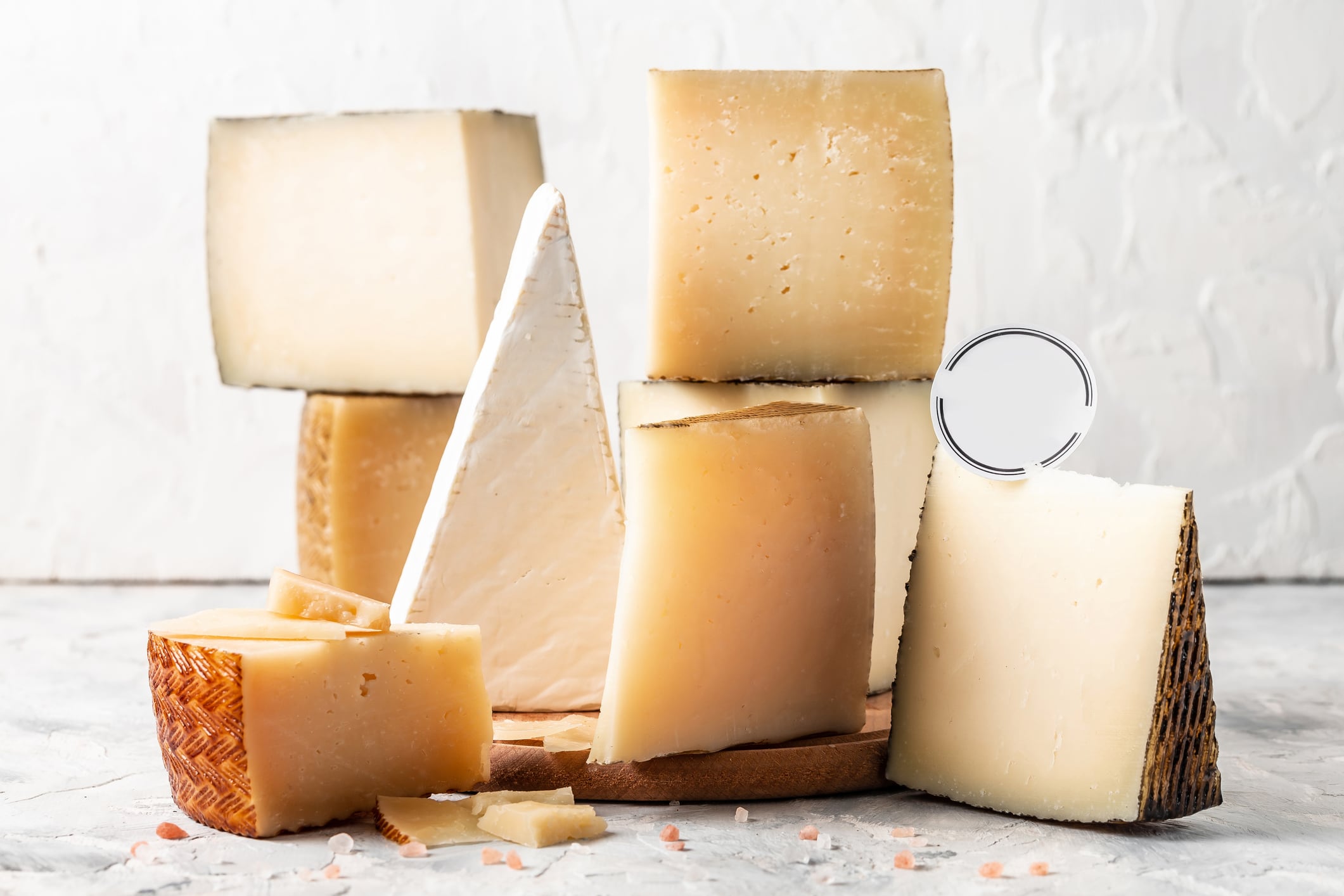On 31 March 2025, new Simpler Recycling rules will come into effect in the UK, part of the wider Collection and Packaging Reforms (CPR) programme that will require firms to take greater responsibility for the disposal and recycling of packaging.
CPR also includes the planned Deposit Return Scheme (DRS), which is set to be introduced in October 2027, and Extended Producer Responsibility (EPR).
These rules mean that more scrutiny than ever is being placed on firms across the food and drink industry with regards to how they take responsibility for dealing with waste.
Under Simpler Recycling rules, small, medium and large workplaces will by law have to recycle all waste streams and separate recyclable material from food waste, with the UK Government having set a target for 65% of municipal waste to be recycled by 2035.
According to government statistics, 64.8% of packaging waste was recycled in 2023, up from 62.4% in 2022. However, there remains plenty of room for food and drink firms to improve the rate at which materials commonly used throughout the sector, such as plastic and aluminium, are recycled.
On-pack recycling information
“Legal requirements concerning recycling information on product packaging vary regionally,” Jay Betton, packaging solutions manager at labelling manufacturer UPM Raflatac, told Food Manufacture.
As a result, Betton believes that food and drink manufacturers should always have an open line of communication with the relevant authorities to ensure they are compliant in each market. In the UK for example, the rules are unlikely to stay the same going forward, despite the planned implementation of mandatory recycling on-pack information no longer being included in the first stages of Extended Producer Responsibility for Packaging (pEPR) in the UK.
This means that the requirement for recycling details to be included on household packaging will not be enforced from 1 April 2027 as previously planned. However, as Betton explained, a similar requirement will “most likely be implemented in future amendments to the EPR regulation after alignment has taken place with other EPR schemes being established across the EU”.
Tim Conybeare, who is the chair of can manufacturing trade body Can Makers UK, believes that the future introduction of a “binary labelling system” that mandates the usage of either ‘recycle’ or ‘do not recycle’ messaging “could help to reduce confusion which has proven to be a significant barrier to driving consumer behavioural change”.
“If the system is introduced in line with the most recent proposal, all packaging, except flexible films, will need to display a binary ‘recycle’ or ‘do not recycle’ logo, licensed by Defra,” Conybeare told Food Manufacture.
While the use of recyclability labels on product packaging is not mandatory in the UK at present, Defra still requires large organisations that provide household packaging to report the recyclability of some of the materials used.
“Under the recyclability assessment methodology, different kinds of packaging receive a red, amber or green rating,” Betton said.
“These ratings subsequently affect the disposal fee that is charged for that packaging. Not surprisingly, red packaging is deemed as difficult to recycle at scale. Amber denotes the containers that may experience challenges during collection and sorting and requires specialist infrastructure for reprocessing. Finally, green is for packaging that is widely recyclable in the current UK infrastructure.”
The role of labelling
While the introduction of mandatory recycling labels in the UK has been delayed, there is plenty that food and drink manufacturers can do in the meantime. This relates both to the adoption of easily recyclable packaging materials, and to the use of fit-for-purpose labelling.
Laurent Leucio, EHS and sustainability director at Sonoco Metal Packaging EMEA, described labelling as a “crucial tool” for maximising recycling rates that allows food manufacturers to educate their customers and encourage better recycling behaviours.
“This ensures products are correctly identified as recyclable, reduces contamination, and minimises waste,” Leucio told Food Manufacture.
“By creating clear and easily recognisable recycling information, providing instructions on how to recycle packaging, and using the right inks and coatings, FMCG brands advance sustainability in the sector.”
The use of clear labelling is especially important, Leucio said, because the food sector largely relies on recyclable packaging products.
“Glass and metal, as permanent materials, can be recycled indefinitely, and food waste can be productively composted,” he added.
“Much like glass and metal, rigid paper container packaging provides engineered circularity as they can be made with up to 90% recycled fiber.”
UPM Raflatac specialises in the development of “recycling compatible, label solutions” for the food and drink sector that are designed to help its clients meet their sustainability goals. This includes combined solutions that can be recycled widely and provide clear information for consumers.
“Although packages with self-adhesive labels are typically recyclable, if the main packaging material is recyclable, labels that are specifically designed for recycling (DfR) can enhance packaging recyclability,” Betton explained.
“This means that packaging waste is sorted in the correct recycling stream, maintaining the yield of uncontaminated recyclate and leaving the recyclability of other materials uncompromised. The resulting secondary raw materials can then be transformed into new high-quality primary materials.”
The firm’s Carbon Action PP UCO label has had its carbon footprint reduction impact externally validated through an independent LCA calculation process and promotes “increased circularity” within the sector.
“This label helps producers take their next step in packaging carbon footprint reduction,” continued Betton.
“The label material is recycling compatible with specified material streams and available, for example, with wash-off adhesives that support PET recycling.”
Meanwhile, Conybeare highlighted the work undertaken by initiatives such as the Alupro Every Can Counts and MetalMatters, which have helped enhance the rate at which aluminium drink cans are recycled through promoting the importance of clear and consistent consumer communication.
“While these programmes provide a template for other materials, the principles could also be adopted more widely through the provision of more detailed, relevant information on pack, including instructions for preparing used packaging for recycling, as well as current recycling rates,” he said.
“This would enable consumers to make more informed purchasing decisions and drive the necessary behavioural change required to achieve a more circular economy.”
Aluminium cans are “ideally suited” to carrying useful recycling information and guidance, Conybeare argued, because they possess a 360-degree printable surface. This not only allows drinks manufacturers to effectively communicate the importance of recycling, but also facilitates “brand differentiation”.
“Unlike some multi-material packaging formats, such as laminated cartons which are costly to recycle and are not recycled at scale in the UK, metal is a permanent material that is easy to recycle and already recycled at scale,” Conybeare added.
Sarah Horner, UK and Ireland director at waste prevention organisation Reloop, agreed that informative and visible labelling has an important role to play, but criticised the state of the recycling systems that are currently in place in the UK.
“Whilst it’s important for packaging to have clear labelling, this is meaningless if we don’t have systems in place to collect, sort and process packaging efficiently,” she said.
“For example, if a label clearly states that an item is not recyclable, the consumer is left with no option than putting it in the bin. We need government and industry to set people up for success by establishing systems that keep resources as resources.”
Working collaboratively
While investing in recyclable and informative labelling can play a role in improving recycling rates, the packaging materials used also play a role.
According to data from 2021, 82% of aluminium drink cans sold in the UK are successfully recycled, with Conybeare describing the format as a “model” for the circular economy and “one of the packaging industry’s great recycling success stories”.
“This high recycling rate is thanks, in part, to the fact that beverage cans are easy to recycle with dedicated technologies such as ‘Eddy Current Separator’s’ which use an electrical current to separate aluminium cans from other materials, commonly installed throughout sorting centres,” he said.
Conybeare explained that in addition to the high rate at which aluminium packaging can be recycled, this process happens very quickly. As a result, it is common for a recycled beverage can to be back on the shelves in “as little as 60 days”.
“It can be recycled again and again, with no loss of its inherent material properties, which reduces the need for virgin resources,” Conybeare added.
“The beverage can, and more broadly all metal packaging, offers a ready-made, sustainable packaging solution for food and beverage manufacturers that is already available in a wide variety of pack sizes for different products, helping to reduce waste throughout the value chain.”
Leucio also promoted the use of metal within the food industry due to its ability to recycled over and over again.
“Highlighting the sustainable benefits of metal helps our customers find the right fit for purpose, answering their challenges and collaborating on innovative products that meet their specific needs,” he said.
However, he called for packaging manufacturers and food brands to prioritise communication while developing sustainable initiatives, an approach he said is backed by data.
“The latest data on annual recycling rates highlights the importance of collaboration to achieving sustainability goals, including forecasting carbon footprint as well as building roadmaps for SBTi,” he explained.
“The challenge is shifting from convincing others to prioritise sustainability to finding ways for firms to collaborate on specific issues to achieve their sustainability goals.”
In order to fast-track the widespread adoption of recyclable packaging materials throughout the food and drink industry, Betton also called for more “collaboration and proactive engagement” within the packaging industry and across the value chain.
“A key topic for both the EU and UK markets is EPR, which incentivises investment in more circular packaging solutions,” he said.
“In EPR systems producers and importers are responsible for the management of the end of life of their packaging. Compliance may mean collecting and reporting packaging data, as well as paying fees based on the recyclability of packaging.
“While the framework for the eco-modulation of EPR fees is yet to be defined for the EU market, food and beverage firms can get ahead and potentially lower their total cost of packaging by adopting recycling compatible packaging and labelling solutions.”





